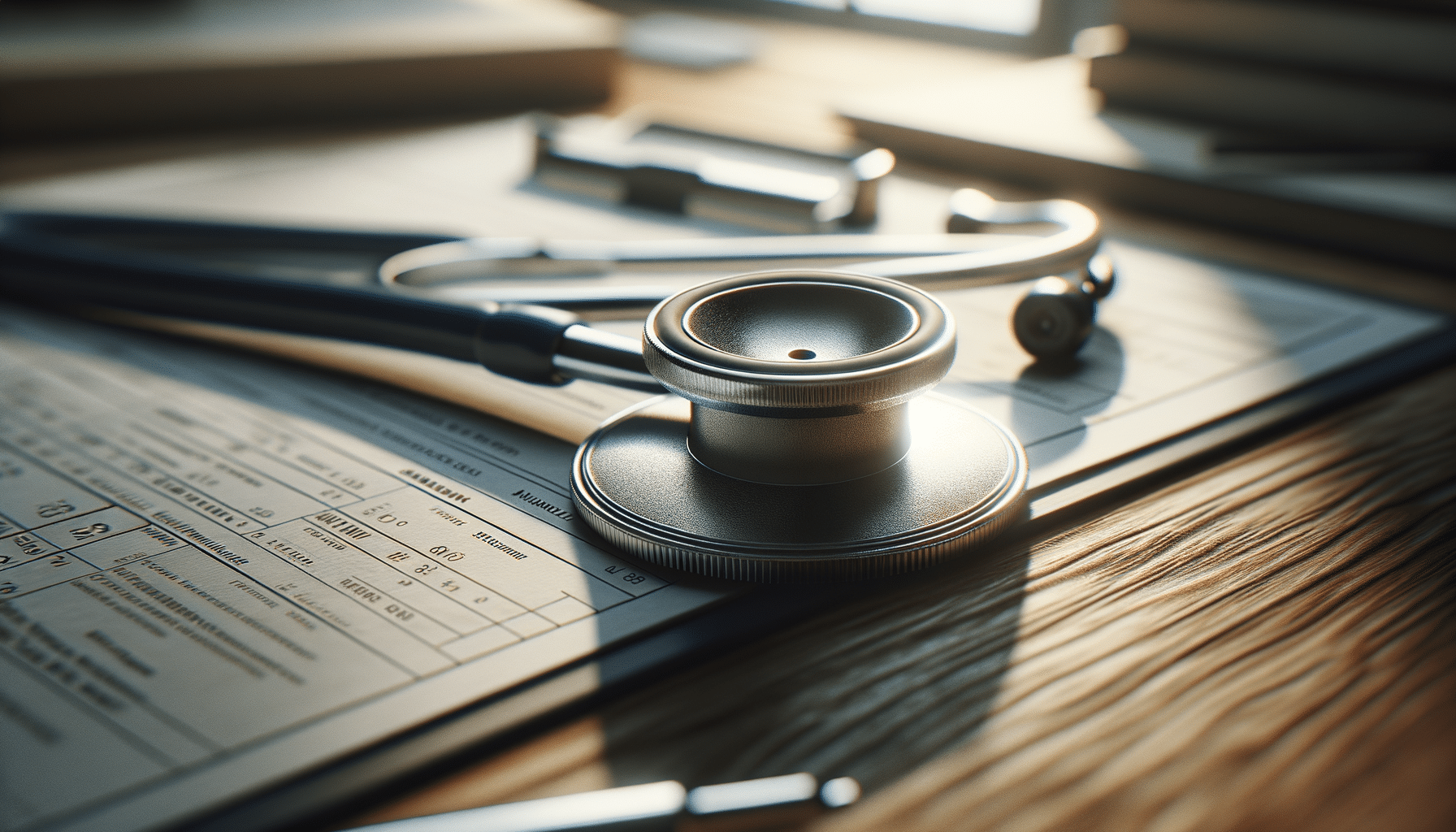
How to Recognize Breast Cancer Signs
Introduction: Understanding the Importance of Early Detection
Recognizing the early signs of breast cancer can significantly impact the effectiveness of treatment and the overall prognosis. With breast cancer being one of the most common cancers affecting women worldwide, awareness and education about its symptoms are crucial. This article aims to provide comprehensive information on how to identify potential signs of breast cancer, empowering individuals to take proactive steps in their health journey.
Physical Changes in the Breast
One of the primary indicators of breast cancer is noticeable physical changes in the breast itself. These changes can vary widely but often include:
- Swelling or thickening of part of the breast.
- Changes in the size or shape of the breast.
- Alterations in the skin texture, such as dimpling.
- Redness or flaky skin in the nipple area or the breast.
These signs might not always indicate cancer, but they warrant a medical consultation for further evaluation. The key is to be vigilant and report any unusual changes to a healthcare provider promptly. Regular self-examinations can help in detecting these changes early, potentially leading to earlier diagnosis and treatment.
Nipple Changes and Discharge
Another significant area to monitor for signs of breast cancer is the nipple. Changes in the nipple can be subtle but are essential to recognize. Potential signs include:
- Nipple retraction or inversion, where the nipple turns inward.
- Unusual nipple discharge, which may be clear, milky, or bloody.
- Persistent pain in the nipple or surrounding area.
While some of these changes can be attributed to benign conditions, it is crucial to seek medical advice to rule out cancer. Early detection remains a cornerstone of successful treatment outcomes, and being aware of these symptoms can facilitate timely medical intervention.
Lumps and Masses
The presence of a lump or mass in the breast is often the most recognized sign of breast cancer. However, not all lumps are cancerous. Characteristics of potentially concerning lumps include:
- Hardness and irregular shape.
- Painlessness, although some lumps can be painful.
- Fixed position, meaning the lump does not move under the skin.
Regular mammograms and clinical breast exams are recommended for women, especially those over 40 or with a family history of breast cancer. These screenings can detect lumps that may not be felt during self-examinations, underscoring the importance of routine medical check-ups.
Additional Symptoms and When to Seek Medical Advice
Beyond the more direct signs, there are additional symptoms that can be associated with breast cancer, including:
- Swelling of the lymph nodes under the arm or around the collarbone.
- Unexplained weight loss.
- Fatigue and a general feeling of being unwell.
If any of these symptoms are present, especially in conjunction with other signs of breast cancer, it is imperative to consult a healthcare professional. Early detection and intervention can lead to better treatment options and outcomes. Staying informed and vigilant about breast health can make a significant difference in managing one’s health proactively.
Conclusion: Empowering Through Knowledge
Understanding the signs of breast cancer is an empowering step towards early detection and intervention. By being aware of physical changes, nipple alterations, lumps, and additional symptoms, individuals can seek timely medical advice and potentially improve their health outcomes. Regular self-exams, routine screenings, and consultations with healthcare providers are vital components of a comprehensive approach to breast health. Awareness and education are powerful tools in the fight against breast cancer, and staying informed can ultimately save lives.


